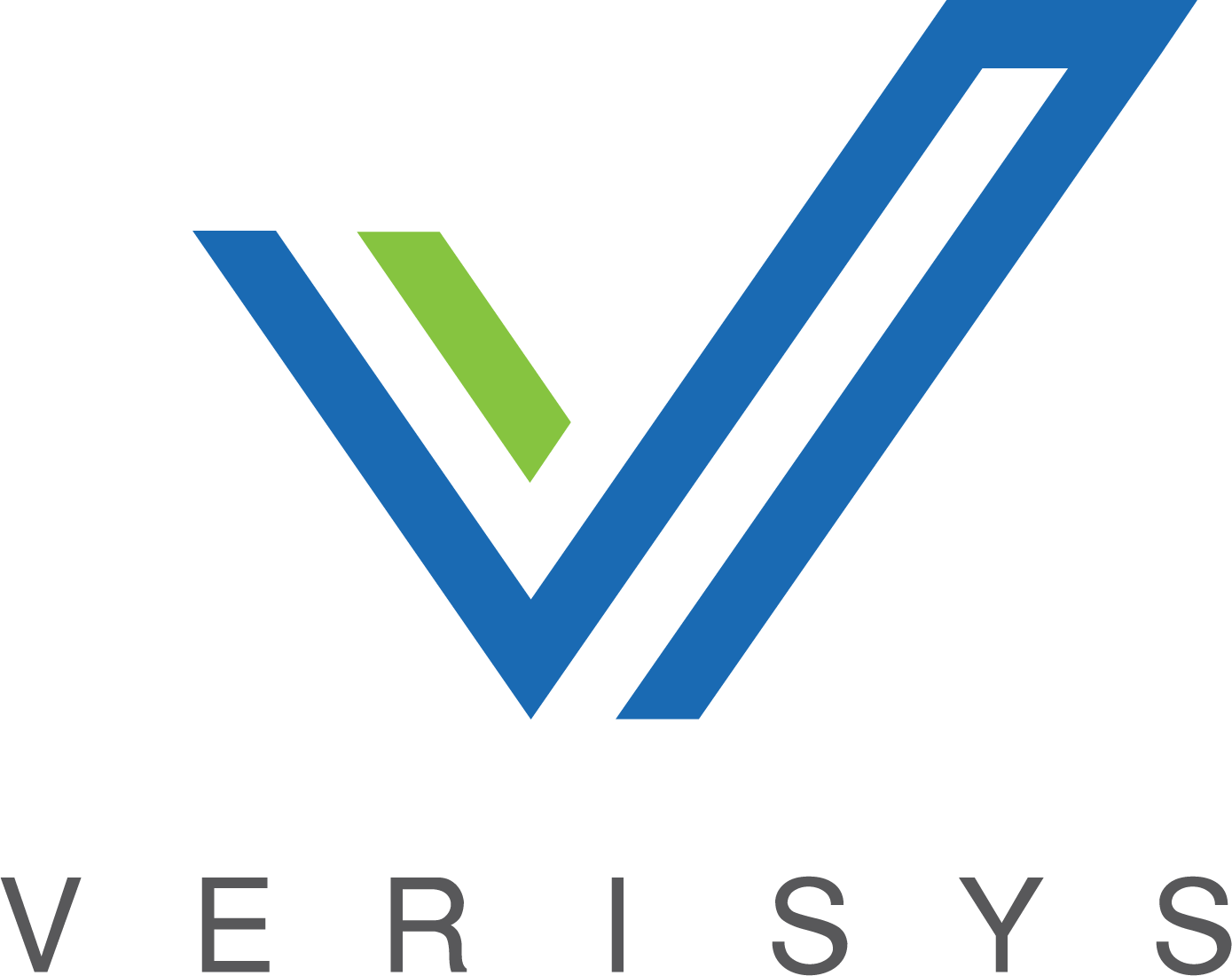Hiring a new practitioner is a complex process for healthcare entities. Although onboarding processes vary from one organization to another, every provider should have a clear idea of what steps need to be followed; after all, healthcare best practices don’t happen by accident. A credentialing documents checklist can help onboarding go more smoothly.
As a physician or other type of healthcare provider, you must apply for initial medical credentialing and be re-credentialed every 2-3 years, depending on the state in which you live and the policies of your payers. It’s a monumental task, but a necessary one, as it’s required before a healthcare organization or practice can bill on your behalf.
Healthcare credentialing can be a time-consuming process and can take several months to complete due to the requirement for submission of extensive background information – and that’s assuming you haven’t made any mistakes on the application.
In years past, every healthcare provider had to be individually credentialed with each insurance plan. Many health insurance companies now use a centralized database to speed the process. To save time in the credentialing process, review this list of the documents which are typically requested. Some health plans may ask for additional material.
Credentialing Documents Needed for New Physicians
- Personal information like email address, street address, phone, etc.
- Driver’s license
- Social Security card
- Recent photograph signed and dated in the margin
- Medicaid number
- Medicare number
- Copy of National Provider Identifier (NPI#) documentation and confirmation letter
- UPON number
- Federal Tax ID number
- Permanent Resident Card, Green Card or visa status for non-US citizens
- Copy of all current active state license wallet card(s) and wall certificate with expiration date and number
- Copy of current Federal DEA and current State Controlled Substance Registrations or certificate(s)
- Copy of medical school diploma and training certificate(s), internship, residency and fellowship certificates
- Copy of current Board Certificate, including the name of issuing board and dates of board certification/recertification
- Surgical logs
- Documentation of hospital privileges
- Completed Delineation of Privileges Form
- Completed Locum Tenens Practice Experience Form (if applicable)
- Work history including all practice locations and employment affiliations
- Malpractice claims history with details
- Third-party documentation (i.e., court documents, dismissals) for all malpractice/disciplinary actions OR completion of appropriate explanation form (if applicable).
- Certificate of Professional Liability Insurance Coverage or declaration page (face sheet) of policy (if applicable)
- Case log from the last 24 months (if applicable)
- 10-year insurance claims report
- Current Curriculum Vitae with complete professional history in chronological order and no gaps (month and year must be included)
- Three written letters of recommendation from providers who have directly observed the candidate in practice within the past year, assessing clinical competence and specifying dates observed
- ACLS/BLS certification
- DEA certificate
- Mammo #s and MQSA (if applicable).
- Current CME (CME activity for the past three years)
- Residency diploma
- Military discharge record -Form DD-214 (if applicable).
- Copies of current immunization records and most recent TB test results (if available)
- Copy of NBME, FLEX, USMLE, or SPEX scores
- Copy of Any: BLS, ACLS, ATLS, PALS, APLS, NRP certificate(s)
- If a foreign graduate, ECFMG certificate number and info on Fifth Pathway
Credentialing Documents Needed for Physician Assistants and Advanced Practice Registered Nurses
For Physician Assistants (PAs) and Advanced Practice Registered Nurses (APRNs), documentation is similar to that of a new physician, but with a few key differences. Credentialing is legally required if the practitioner will be performing direct patient care. Credentialing documents can include:
- Personal information like email address, street address, phone, etc.
- Recent photograph signed and dated in the margin
- Medicaid number
- Medicare number
- Copy of National Provider Identifier (NPI#) documentation and confirmation letter
- Federal Tax ID number
- Permanent Resident Card, Green Card or visa status for non-US citizens
- Copy of all current active state license wallet card(s) and wall certificate with expiration date and number
- Copy of current Federal DEA and current State Controlled Substance Registrations or certificate(s)
- Copy of college/university diploma and training certificate(s)
- Current CME (CME activity for the past three years)
- Completed Delineation of Privileges Form
- Completed Locum Tenens Practice Experience Form (if applicable)
- Work history including all practice locations and employment affiliations
- Current Curriculum Vitae with complete professional history in chronological order and no gaps (month and year must be included)
- Case log from the last 24 months (if applicable)
- Immunization records
- Diploma and transcripts
- Three professional letters of recommendation
- Driver’s license
- Social Security card
- Military discharge record -Form DD-214 (if applicable).
- Copies of current immunization records and most recent TB test results (if available).
- Focused Professional Practice Evaluation
- An Ongoing Professional Practice Evaluation
Verisys Saves You Time and Money
As part of healthcare credentialing best practices, most healthcare organizations begin the process of credentialing and privileging months before the new physician or nurse practitioner begins to practice. An organized process and a third-party credentials verification organization like Verisys can speed this process along. If most of the paperwork required for credentialing takes place online and in advance, delays or other issues can be resolved quickly.
Healthcare credentialing can be a long and complicated process due to legal and regulatory requirements, but it’s a worthwhile investment for your providers, your practice, and your patients. Verisys saves you time and money by making your credentialing process much more efficient. With our data and technology, we can do the work behind the scenes to help you follow best practices in provider credentialing. Contact Verisys today to learn how we can expedite these processes for you.
 |
Written by Verisys
Verisys transforms provider data, workforce data, and relationship management. Healthcare, life science, and background screening organizations rely on our comprehensive solutions to discover their true potential. Visit verisys.com to learn how we turn problems into power.
- Secure, configurable, and proven solutions
- Accurate, compliant, and complete information
- NCQA, URAC, and ISO accreditations/certifications
Follow us on LinkedIn |


